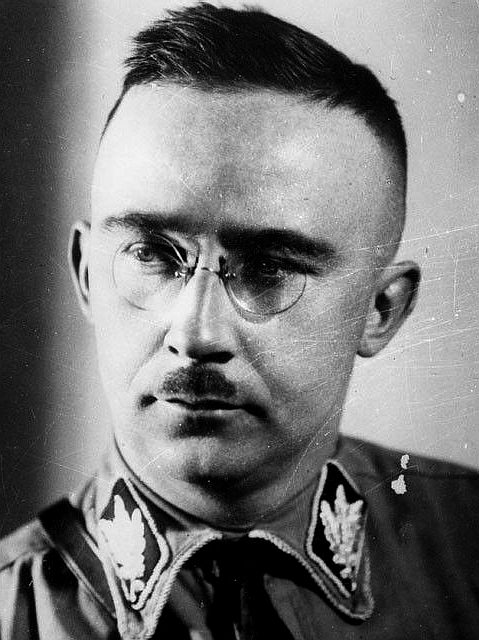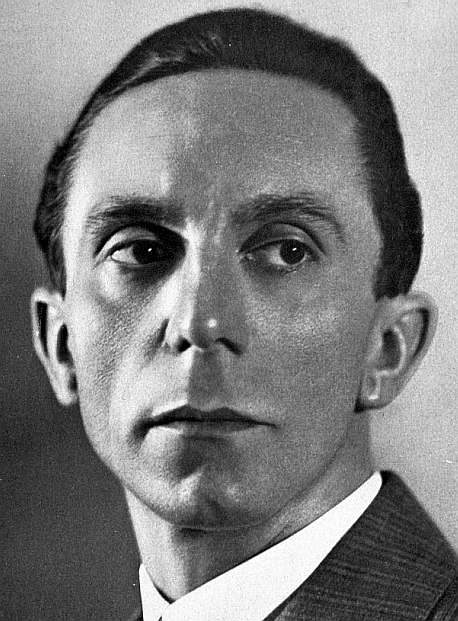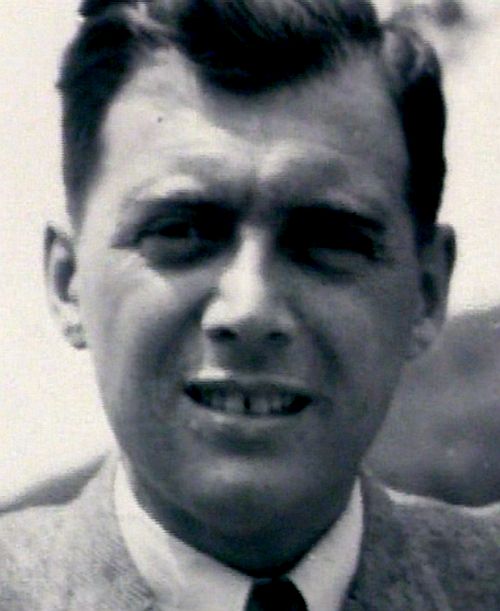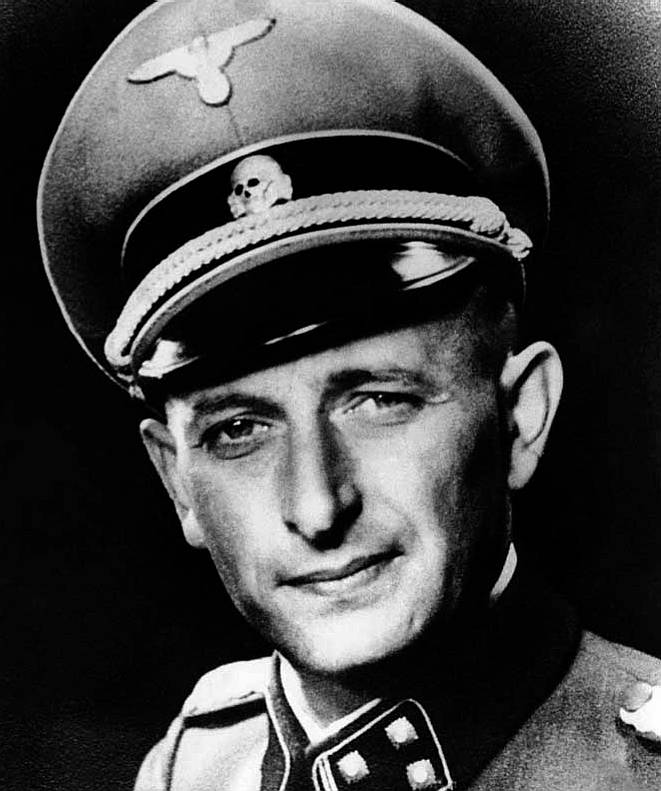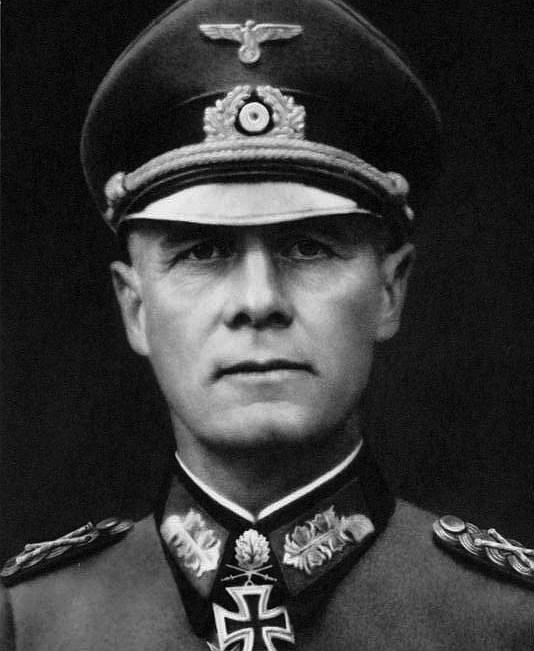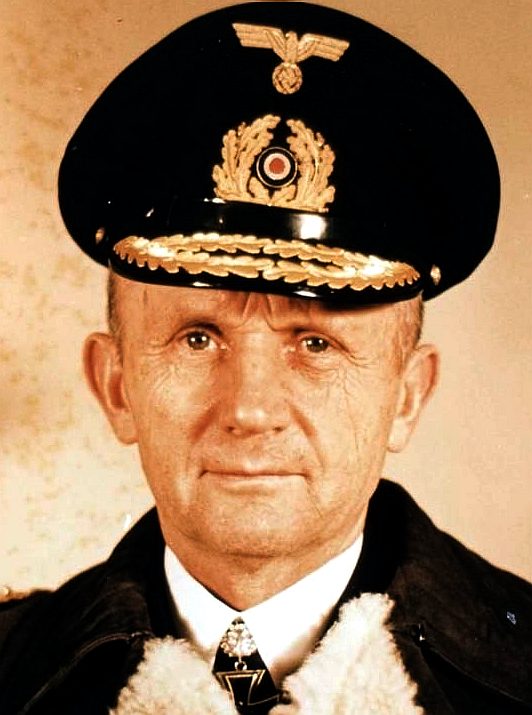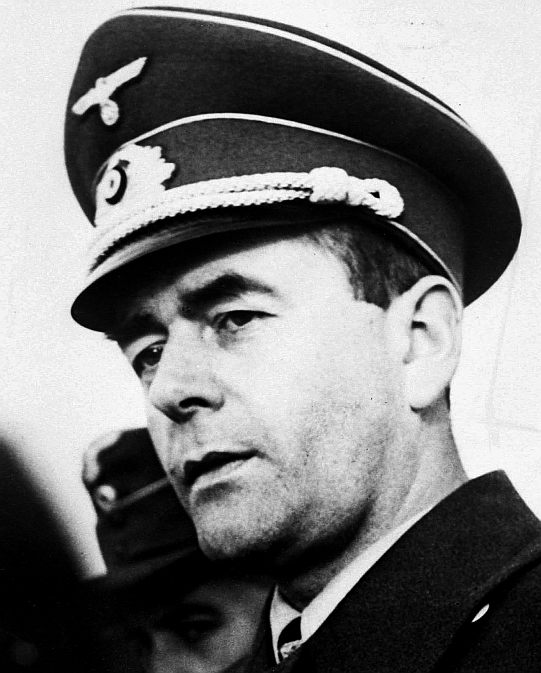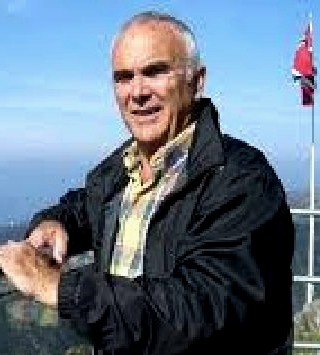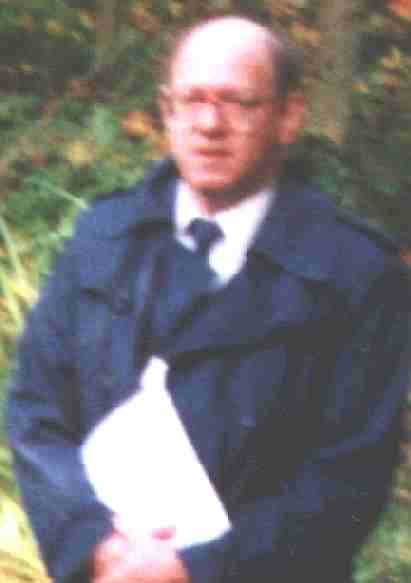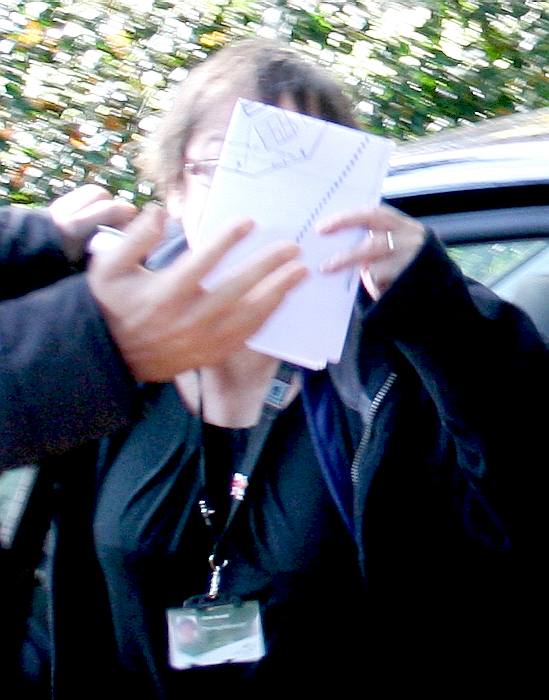|
ANNE FRANK'S DIARY
HOME | CASE STUDIES | HISTORY | HUMAN RIGHTS | LAW | POLICE | POLITICS | RIGHTS | SHIT CREEK | SITE INDEX |
|||||||||||||||||||||||||||||||||
|
ANNIVERSARY - 2017 marks 70 years since Otto Frank published the diary written by his daughter Anne: The Diary of a Young Girl. Since then, it has been translated into more than 70 languages.
Persecution persists in many countries and sometimes, as in Nazi occupied Amsterdam, by officials. In the case of Anne Frank her race was persecuted by the Nazis, such that her family were forced to hide in a building until eventually they were caught and sent to a concentration camp.
In the case of Mr Kruschandl, his persecution lasted much longer but did not involve a concentration camp, it involved 186 site visits by Gestapo like enforcement officers from Wealden District Council over 35 years. This council turned up the heat when they got found out in 1999, and with the help of Sussex police, they managed to get the poor chap imprisoned on a trumped up charge of sexual assault, working with their masonic connections to secure false medical testimony, when in fact the girl being groomed for the job was intact; a virgin. Oddly enough, the doctor enlisted to present the false opinion to the jury was (we suspect) Jewish, in some kind of weird role reversal.
ABOUT ANNE FRANK
Annelies Marie Frank; 12 June 1929 – February or March 1945) was a German-born diarist. One of the most discussed Jewish victims of the
Holocaust, she gained fame posthumously with the publication of The Diary of a Young Girl (originally Het Achterhuis in Dutch; English: The Secret Annex), in which she documents her life in hiding from 1942 to 1944, during the German occupation of the Netherlands in World War II. It is one of the world's most widely known books and has been the basis for several plays and films.
From then until the family's arrest by the Gestapo in August 1944, she kept a diary she had received as a birthday present, and wrote in it regularly. Following their arrest, the Franks were transported to concentration camps. In October or November 1944, Anne and her sister Margot were transferred from Auschwitz to Bergen-Belsen concentration camp, where they died (probably of typhus) a few months later. They were originally estimated by the Red Cross to have died in March, with Dutch authorities setting 31 March as their official date of death, but research by the Anne Frank House in 2015 suggests they more likely died in February.
THE GUARDIAN - JANUARY 27 2015
How did a young girl’s diary become one of the most widely read books about the persecution of the Jews? And why is it still so important and inspirational today? Discover the story behind Anne Frank’s diary.
ANNE FRANK FONDS
WHO WE WERE FIGHTING AGAINST FROM 1939 TO 1945
Adolf Hitler and chum Heinrich Himmler [Allegedly, Adolf Hitler did not die in that bunker incident C.1949. Apparently, he was fired into England, strapped to a V1 rocket, leaving behind his false teeth. He parachuted into Wealden that night hoping to meet some deviants, who'd arranged a new identity for their fallen comrade. Apparently, he landed in Crowborough, shaved off his moustache and was mistaken for a council official, whereupon he infiltrated the ranks of the local council and trained them how to use his terror tactics to control the peasant civilians] Wealden are now located in Hailsham in Sussex. There are still vestiges of the former Gestapo like regime that we hope to expose in years to come.
WEALDEN'S OFFICERS FROM 1983 TO 2018
Abbott Trevor - Alcock Charmain - Ditto - Arnold Chris (Christine) - Barakchizadeh Lesley - Paul Barker - Bending Christopher Black Julian - Boakes Beverley - Bradshaw Clifford - Brigginshaw Marina - Brown Ashley - Coffey Patrick - Douglas Sheelagh Dowsett Timothy - Flemming Mike - Forder Ralph - Garrett Martyn - Goodwin Daniel - Henham J - Holness Derek Hoy Thomas - Johnson Geoff - Kavanagh Geoff - Kay Ian - Kay I. M. - Barbara Kingsford - Lant Charles - Mercer Richard Mileman Niall - Moon Craig - Moss Douglas, J. - Nuttall Christine - Pettigrew Rex - Phillips David - Scarpa Victorio - Scott Trevor Kevin Stewart - Turner Claire - Wakeford Michael - Whibley David - White, George - Williams Kelvin - Wilson Kenneth - White Steve
LINKS & REFERENCE
https://www.telegraph.co.uk/news/2018/05/15/two-previously-unseen-pages-anne-franks-diary-published/ https://www.theguardian.com/childrens-books-site/2015/jan/27/the-greatest-anne-frank-quotes-ever https://en.wikipedia.org/wiki/Anne_Frank http://diary.annefrank.org/ http://www.annefrank.ch/diary.html
OUTSIDE REFERENCE
http://www.annefrank.ch/diary.html
|
|||||||||||||||||||||||||||||||||
|
This site is free of © Copyright except where specifically stated 1997 - 2021. Any person may download, use and quote any reference or any link, and is guaranteed such right to freedom of information and speech under the Human Rights and Freedom of Information Acts. However, be aware that we cannot be held liable for the accuracy of the information provided. All users should therefore research matters for themselves and seek their own legal advice and this information is provided simply by way of a guide. Horse Sanctuary Trust UK All trademarks herby acknowledged.
This site contains copyrighted material the use of which has not always been specifically authorized by the copyright owner. We are making such material available in our efforts to advance understanding of environmental, political, human rights, economic, scientific, and social justice issues, etc. We believe this constitutes a 'fair use' of any such copyrighted material as provided for in section 107 of the US Copyright Law. In accordance with Title 17 U.S.C. Section 107, the material on this site is distributed without profit to those who have expressed a prior interest in receiving the included information for research and educational purposes. FAIR USE NOTICE
|






